|
|
|
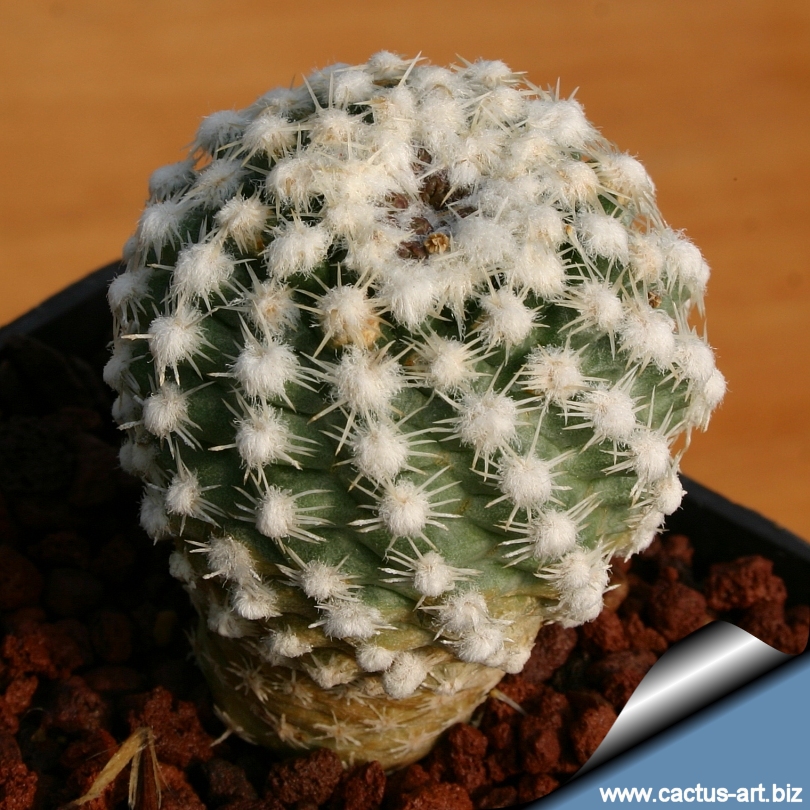
|
|
Flowers are
peach-to-pink
coloured in early spring.
|
Description: P. winkeri is a small globular cactus
with usually unbranched subglobose to
obovoid stems, 2.5 to 6.5 cm tall and up to 5 cm in diameter.
Areoles: Elliptic to circular, woolly.
Spines: It has clusters of 8 to 14 small radial spines, 1.5-4 mm.
spreading downward, white or whitish to tan; erect central spines are
lacking.
Flowers: Urn-shaped, peach-to-pink colour, 1.8 to 2.5 cm long and
1.8 to 3.8 cm in diameter. Flowering early spring.
Fruit: Green, drying reddish brown barrel-shaped, 0.7 to 1.0 cm
high and 0.8 to 1.1 cm wide.
Note:
Some authors have included P. winkleri and
P. despainii as infraspecific taxa of
P. bradyi. But DNA sequences, however, provide strong
evidence of a distant relationship. |
|
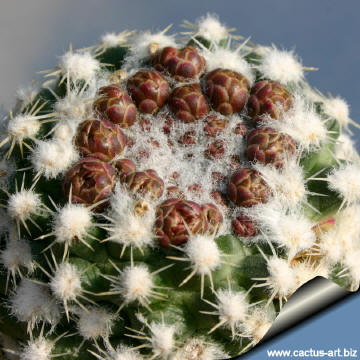 |
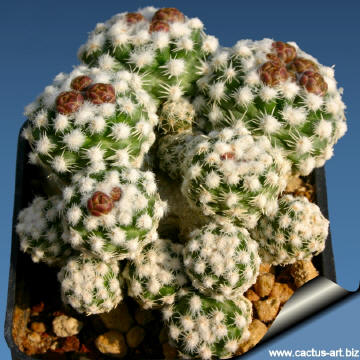 |
|
The flowers
buds stay
dormant on the plant
apex all winter, then open in
spring when the temperature rises.
Cultivation: Under
cool temperatures and wet conditions it is highly susceptible to root
rot. For this reason it is usually cultivated as a
grafted plant, which
is very easy to cultivate and free flowering. Best for full sun
exposures.
The flowers
buds stay
dormant on the plant
apex all winter, then open in
spring when the temperature rises.
To
avoid any damage to the buds don’t let grafted plants
(that stay in
a
heated greenhouse) completely dry out.
Some light watering in winter
is
useful for keeping the flower
hydrated and
healthy.
Propagation:
Seeds are extremely difficult to
germinate. Grafting is often used to speed growth rate and to
create a back-up for plants in collection.
|
|


Advertising
|
|
|
|
|
|
|
Scientific name:
Pediocactus
winkleri
Heil
In: Cact. Succ. J. (Los Angeles) 51: 28 (-30), figs. 5-8. 1979.
Origin: Grows in small populations widely scattered
over a
small area in central Utah (from near Notom in central Wayne County
to near Fremont Junction in southwestern Emery County and near
Ferron in western Emery County),
Habitat: Grows in alkaline silty loam or
clay loam soils in desert pavements of cobble, pebble, or fossil oyster
shell and gypsum soils, on the tops and sides of rocky hills, benches and
gentle slopes, most abundantly on sites with a southern exposure. Altitude
1500-2100 m. The vegetative
community is characterized by drought
tolerant shrubs and grasses with ephemeral
forbs. This species is
threatened by collection and by habitat disturbances due to mining,
recreation, and livestock.
Conservation status: Listed in
CITES appendix 1.
Common Names include:
- Winkler’s pincushion cactus,
- Winkler’s footcactus
|
Synonyms:
- Pediocactella bradyi subsp.
winkleri (K. D. Heil) Doweld;
- Pediocactus bradyi subsp.
winkleri (K. D. Heil) Hochstätter;
- Pediocactus bradyi var. winkleri
(K. D. Heil) Hochstätter
|
|
|
|
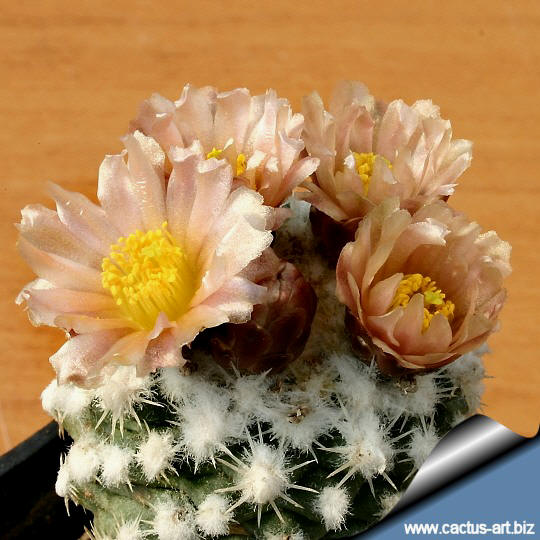
|
|
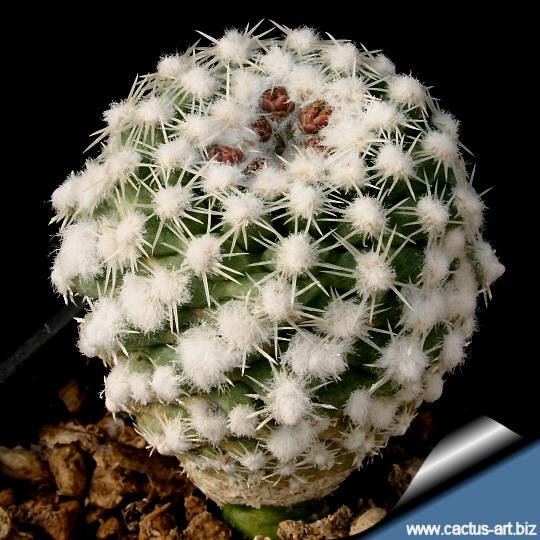 |
|
|